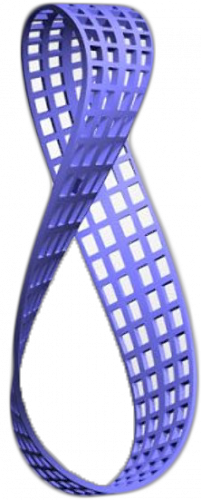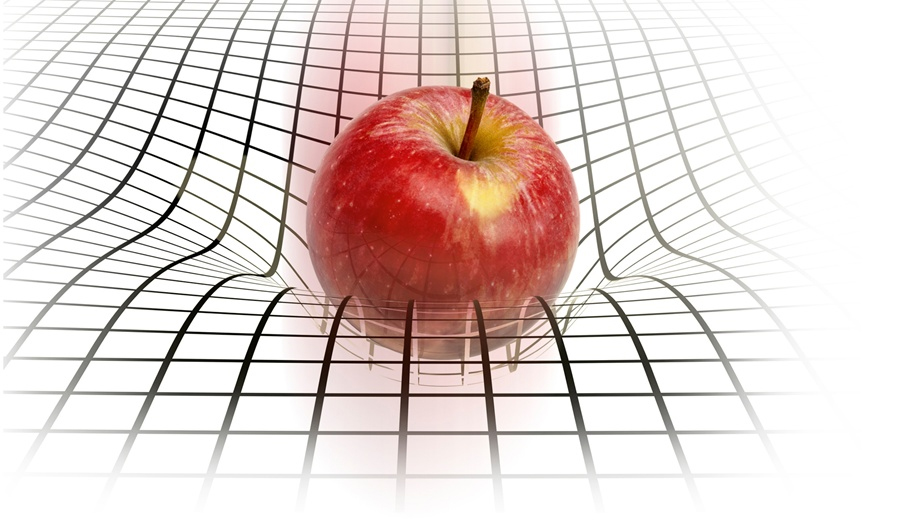
"I have no special talent. I am only passionately curious" - Albert Einstein.
As a mathematical physicist, my research interests lie primarily in understanding the mathematical structures that underpin the physical universe. Many of these structures are wonderfully universal, connecting physics on cosmological scales to the dynamics of neuronal activity in the brain, to the smallest of quantum scales. And I am passionately curious about it all. Superstring theory, seen as a high energy (or ultraviolet) completion of quantum field theory, has emerged as a remarkable mathematical toolbox to study many of these problems. My own work revolves largely around emergent phenomena from condensed matter to neurophysics and can be broadly categorised according to:
Duality
Beginning with the remarkable correspondence between the sine-Gordon and massive Thirring models, dualities have played a crucial role in the modern understanding of quantum field theories. Indeed, they have been an indispensible tool in the understanding of both strongly coupled systems as well as various nonperturbative problems as in, for example, Seiberg and Witten's landmark study of (3+1)-dimensional, supersymmetric gauge theory, where electric-magnetic duality (a generalization of the usual duality manifest in Maxwell's equations) that exchanges particles with monopoles, was essential in fully solving the low energy theory. In (2+1)-dimensional gauge theories an analogous duality exchanges particle quanta with topological solitons, specifically vortices. To the best of our knowledge, particle-vortex duality has, until now, only been defined in the context of abelian gauge theories, exhibiting Neilsen-Olesen-like vortices. In this context, the particle-vortex duality of the boundary field theory was shown to correspond to an electric-magnetic duality in the bulk.

Integrability
Essentially, the power of holographic duality lies in the fact that it often relates a perturbative regime of a theory on one side of the correspondence to a strongly coupled regime of a theory on the other side and vice versa. This, in turn, allows one to extract information about the behavior of the theories at strong coupling, to which the perturbative methods do not normally apply. Instances of holographic dualities include the AdS(d)/CFT(d-1) correspondences for d=2,3,4 and 5. A striking feature of this correspondence for the d=5 case, based on the 4-dimensional superconformal group PSU(2,2|4), is the integrability of both the superstring theory and the planar limit of the field theory. Integrability manifests itself in various features of the theory. For instance, it is believed to be at the core of the relation between planar scattering amplitudes and Wilson loops at strong and weak gauge coupling in the SYM theory, as well as the existence of a hidden dual superconformal symmetry of gauge theory scattering amplitudes. On the string theory side, the existence of the dual superconformal symmetry is attributed to the self-duality of the superstring sigma model under (Buscher-like) T-duality transformations of fermionic and bosonic string modes on the worldsheet associated with certain (anti-)commuting isometries of the AdS(5) x S(5) background. Fermionic T-duality and its relation to the dual superconformal symmetry are by now well understood and studied in detail in the case of the AdS(5) x S(5) superstring and corresponding dual Yang-Mills theory. However, the manifestation and role in the AdS/CFT correspondence of the fermionic T-duality of the sigma models describing superstrings in less supersymmetric, integrable, AdS backgrounds are much less understood.
Information
Information geometry, the study of the natural differential structures which arise on the space of families of probability density functions has seen a resurgence of recent activity in the context of quantum entanglement. The Fisher information metric defines a notion of the distance between two particular members of a family of probability density functions and is the natural measure arising out of the small change expansion of the Kullback-Liebler divergence. The existence of such a distance measure is of obvious utility for answering questions related to, for example, the mutual information of two systems described by different probability density functions, the likely error made in approximating one distribution by another, and even a definition of a gradient descent algorithm consistent with the differential geometric structure of a probability space. While a great deal is now known about the geometric properties of such information manifolds, significantly less is known about their topological properties. Building on recent work with my graduate student, I have initiated a long term systematic investigation into the global properties of information manifolds based on Morse theory i.e. via the study of critical points of differentiable functions on the manifold.

